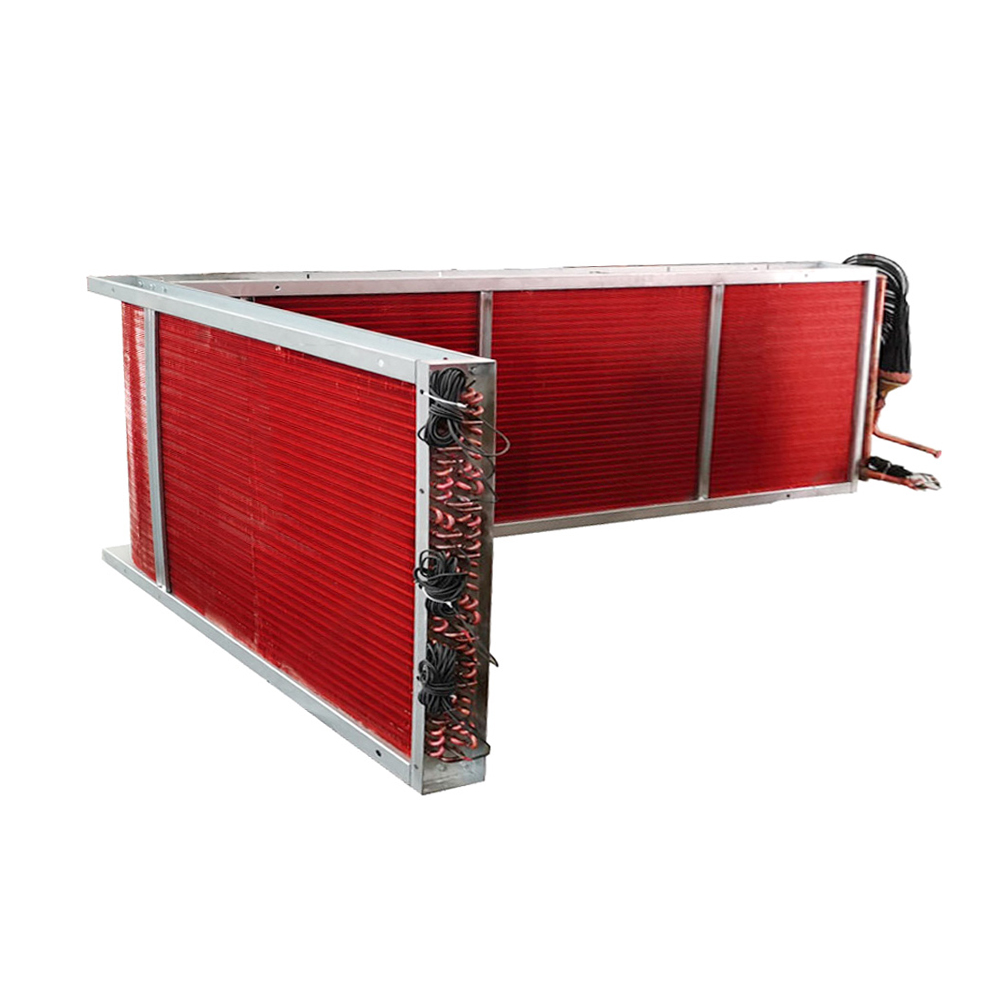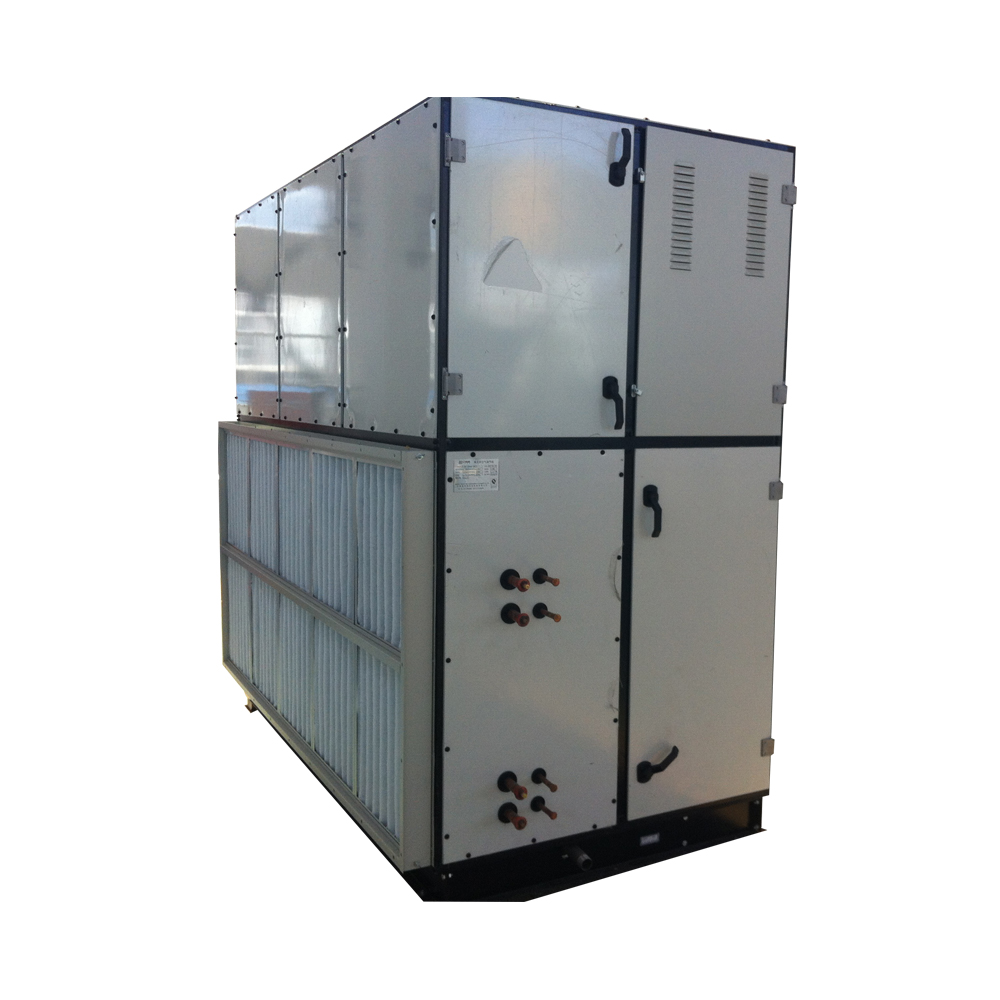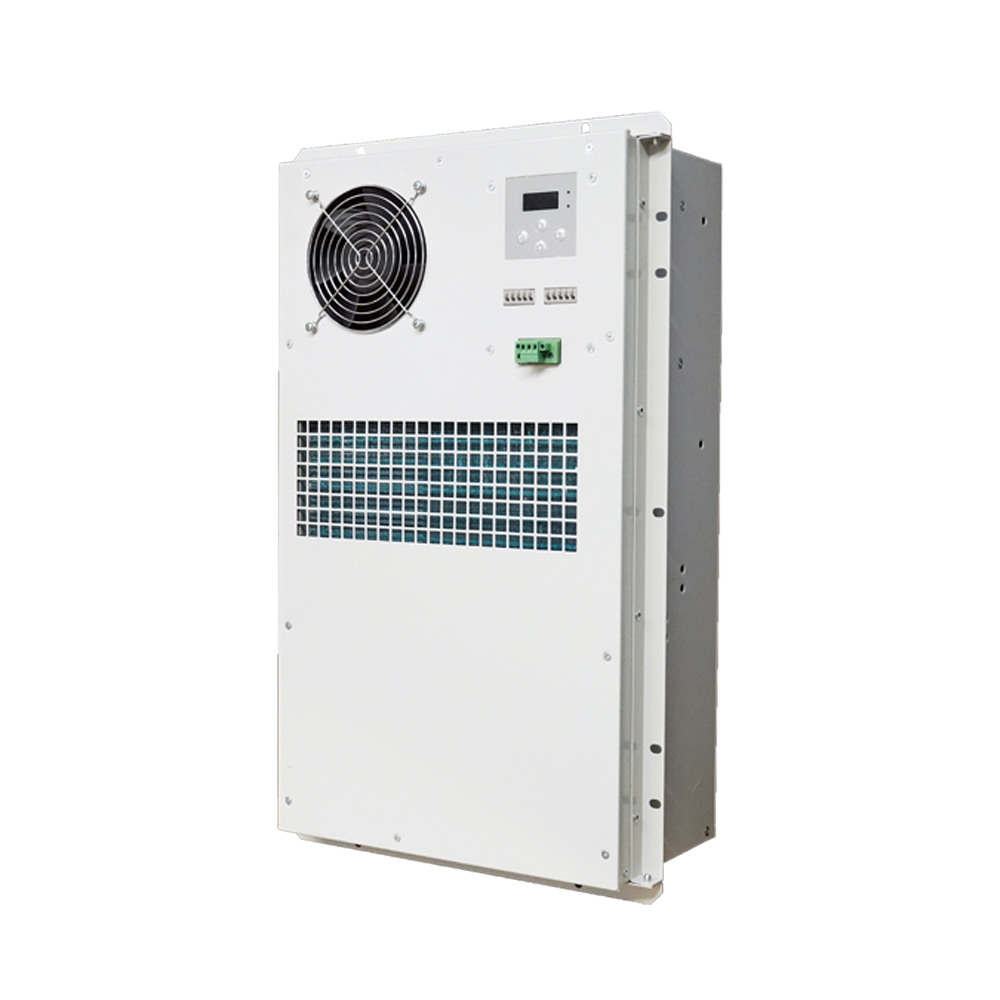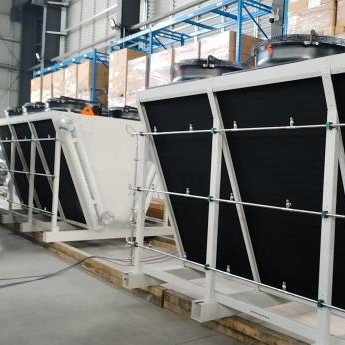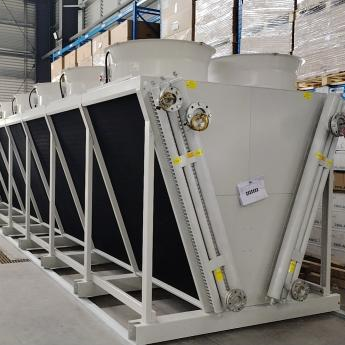Shell and tube heat exchangers and dry coolers are common heat exchange devices, but they differ in design principles, application scenarios, and operating methods. Below is a detailed comparison to help understand their features and suitable fields.
1、Shell and Tube Heat Exchanger
A shell and tube heat exchanger is a widely used device for heat exchange between liquids and gases, especially in industries such as chemical, petrochemical, natural gas, and power generation.
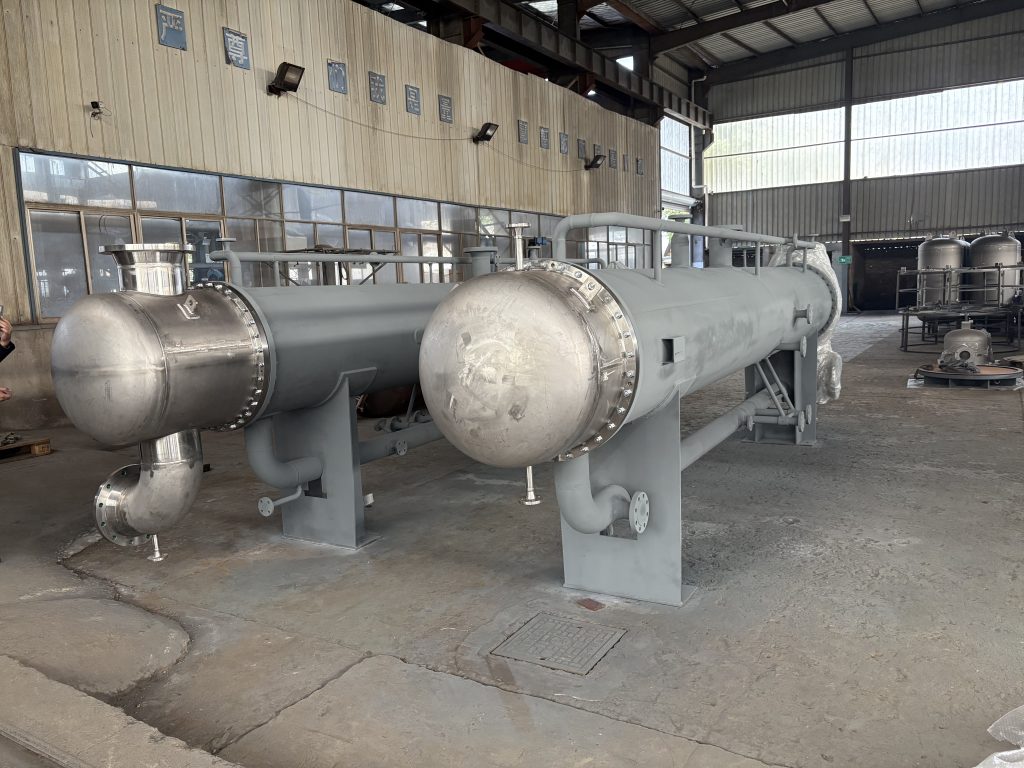
(1) Working Principle
The shell and tube heat exchanger consists of multiple tube bundles and an outer shell. One fluid flows inside the tubes, while the other fluid flows around the tubes within the shell. Heat is transferred through the tube walls between the two fluids, achieving cooling or heating. The different flow directions of the two fluids enable efficient heat exchange.
(2) Features
· Wide Applicability: Suitable for heat exchange between various liquids, gases, or vapors.
· Compact Design: Despite its complex structure, it is compact and can accommodate a large heat exchange surface.
· High Pressure Resistance: Often used for high-pressure, corrosive fluids, particularly in petrochemical and chemical industries.
· High Heat Transfer Efficiency: Due to the significant temperature difference between the fluids, shell and tube heat exchangers typically offer high heat transfer efficiency.
(3) Applications
Used in high-temperature, high-pressure environments such as chemical, petrochemical, power generation, and seawater desalination industries.
2、Dry Cooler
A dry cooler is a device that cools fluids by directly exchanging heat with the air. It is widely used in situations where efficient heat dissipation is required, and water cooling is unsuitable.

(1) Working Principle
Dry coolers use fans to draw air into the system, where the heat exchange surfaces transfer heat from the liquid to the air, thus achieving cooling. They do not rely on water cooling but instead dissipate heat directly through airflow. Inside a dry cooler, multiple heat exchange tubes allow air to flow over the surfaces, absorb heat, and carry it away, reducing the temperature of the fluid.
(2) Features
· Water and Eco-Friendly: Since no water is used for cooling, dry coolers reduce water consumption, making them ideal for areas with limited water resources.
· Low Maintenance: Compared to water cooling systems, dry coolers require less maintenance as there are no water contamination issues.
· Adaptable: Suitable for environments with large temperature variations, especially effective in dry climates.
(3) Applications
Used in data centers, industrial cooling, chemical, pharmaceutical, and power generation sectors, especially when water is scarce or water cooling is not permitted.
3、Key Comparison Points
| Characteristic |
Shell and Tube Heat Exchanger |
Dry Cooler |
| Working Principle |
Heat exchange via tube walls between liquids/gases |
Direct heat dissipation via air contact with liquid |
| Applications |
High-temperature, high-pressure industrial fields, such as chemical and petrochemical industries |
Data centers, industrial cooling, and areas with no water cooling availability |
| Cooling Method |
Heat exchange between liquid/gas |
Air absorbs heat through heat exchange surfaces |
| Energy Requirements |
Depends on fluid pressure difference, may require additional energy |
Relies on air movement, typically no additional energy required (fan-driven) |
| Maintenance |
Requires periodic cleaning of tubes, checking for corrosion |
Relatively simple maintenance, no water contamination issues |
| Heat Transfer Efficiency |
High, suitable for large temperature differences |
Affected by environmental temperature, less effective with small temperature differences |
| Water Requirements |
May require cooling water |
No water required, saving water resources |
| Cost |
Higher equipment and maintenance costs, suitable for high-pressure applications |
Lower initial cost, suitable for water-scarce environments |
4、Conclusion
Shell and tube heat exchangers are suitable for applications requiring efficient heat exchange in high-pressure or highly corrosive environments, especially in petrochemical and chemical industries. Their advantage lies in their ability to provide stable heat transfer efficiency in high-temperature and high-pressure conditions, although they come with higher equipment and maintenance costs.
Dry coolers are ideal for water-scarce environments or where water cooling is not feasible, offering an energy-saving and environmentally friendly cooling solution. They excel in simplicity and water conservation, especially in dry climates, but may not offer the same cooling efficiency as shell and tube heat exchangers in high-temperature settings.
Shenglin is committed to providing efficient cooling solutions for various industries, including dry coolers, shell and tube heat exchangers, cooling towers, and CDU (cooling distribution units).
Shenglin continually innovates to meet the needs of global customers, focusing on energy-efficient and environmentally friendly cooling solutions that help reduce operational costs and improve system reliability.











